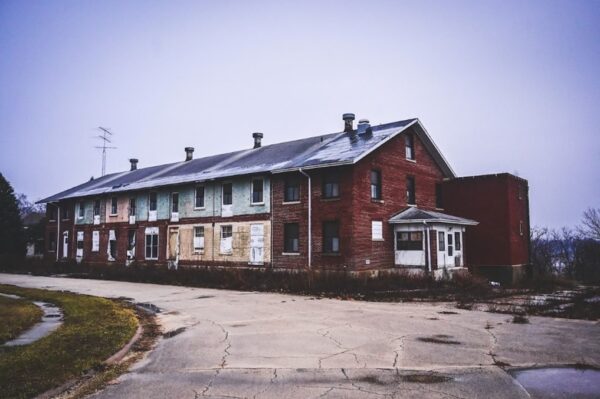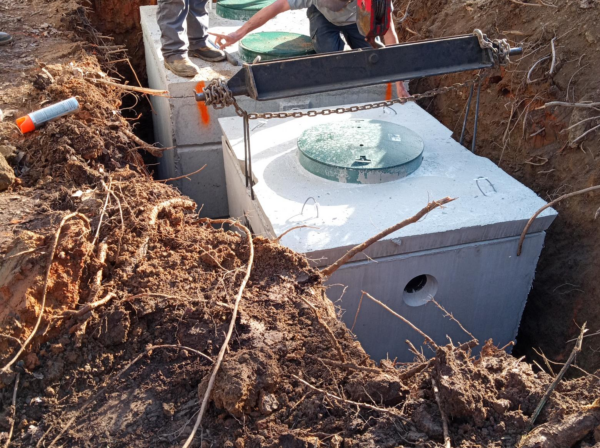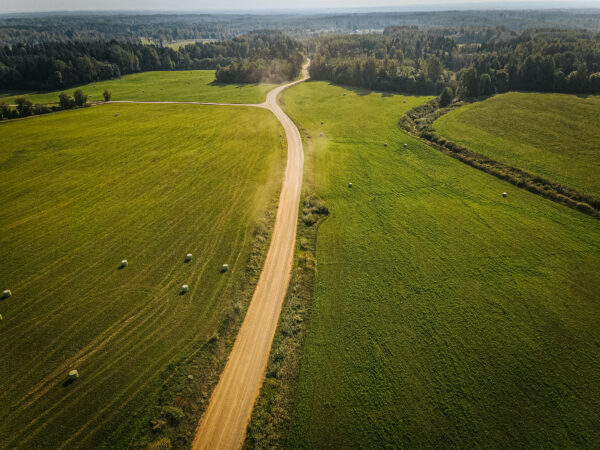Investigating Inflow & Infiltration

Importance of Addressing Inflow & Infiltration
When water from outside sources enters a wastewater collection system, it’s known as “Inflow & Infiltration”, or “I&I”. When a system suffers from too much groundwater and/or stormwater entering too quickly, with each rain event, it risks overflows, spills, back-ups, and regulatory violations.
Over the long term, the increased volume of waste the treatment plant must process also decreases its operational efficiency. Less efficient treatment processes require more resources (e.g. wear & tear, chemicals, and electricity) increasing the cost of treatment. In times of tight budgets and erratic weather patterns, it makes good financial sense to learn how much I&I is affecting a wastewater system. For many systems, spending money now to correct the issue will save on operating costs in the future.
When to Investigate
“Infiltration” describes groundwater seeping into an aging pipe infrastructure through leak points and cracks. Both result in increased flows during and after rain events. Many utilities become aware of I&I when they experience spikes in flows at the plant after rain events, lift stations constantly running, pipes overflowing, and/or manholes flooding.
Generally, if a system is older and experiencing a wide variation in sewer flows during rainfalls and wet seasons, it makes sense to see what kind of financial impact it’s having and to determine if it’s time for remediation.
Methods for Investigation
Below are some methods of investigation. Residents should be forewarned if they will be affected by any testing in their area.
- Flow Metering – Monitor system flows, by section if possible, during both dry and wet weather to look for correlations in storm events and peak flow times. A significant peak during and after rainfall can indicate inflow to the section(s).
- Smoke Testing – Pressurized simulated smoke is blown into the sewer line. It then follows the path of leaks in the system to the ground and exits at I&I locations such as faulty or damaged lines, drains, manholes, and cross-connections.
- Dye Testing – Colored water is pumped through the ground or poured into storm drains, to see if and where it appears in the sewer system.
- Closed Circuit TV (CCTV) – A small, closed-circuit camera is run down the pipes to visually inspect them, usually before a pipeline rehabilitation.
Correction & Rehabilitation
If both inflow and infiltration are identified, the utility will need a plan to address each component. For infiltration, it may involve completing the field investigation, and then replacing manhole covers, grouting/lining manholes, and/or lining/replacing pipe segments. To address inflow, common corrections include relocating sump pump discharges, disconnecting foundation drains and inspecting for/citing other illegal connections. Laterals carrying wastewater to the main sewer lines can be a major source of I&I, but addressing them can be complicated, depending on who owns them. Make the inspection process easier by adopting appropriate ordinance language regarding inspections and illegal cross-connections.
Tips for Funding Your I&I Strategy
Plan ahead to save more. When considering other capital improvement projects, look into adding an I&I study or repairs to the project budget. Save money by performing line repairs when the ground is already being disturbed for other projects (road repairs, for example).
Review rates at least every three years to ensure revenue is enough to cover current operating and maintenance expenses and future replacements.
Small, rural communities can also reach out to non-profit organizations such as RCAP, whose experts can provide free technical assistance to communities under 10,000. Additionally, your state’s RCAP Technical Assistance Provider can help your utility with applying for grants and low-interest loans, such as RCAP’s Revolving Loan Fund, USDA-Rural Development, State Revolving Loan Funds, and Community Development Block Grants.
Additional Resources
Funding resources: https://www.rcap.org/obtaining-infrastructure-funding-resources/
USEPA Quick Guide For Estimating I&I: https://www3.epa.gov/region1/sso/pdfs/QuickGuide4EstimatingInfiltrationInflow.pdf
USEPA Wastewater Collection System Toolbox: https://www3.epa.gov/region1/sso/toolbox.html
This article was funded under RCAP’s Treatment Works 2022 – 2023 grant.



